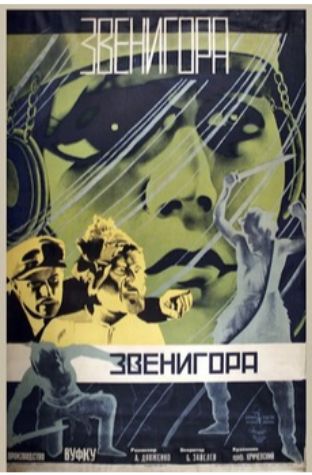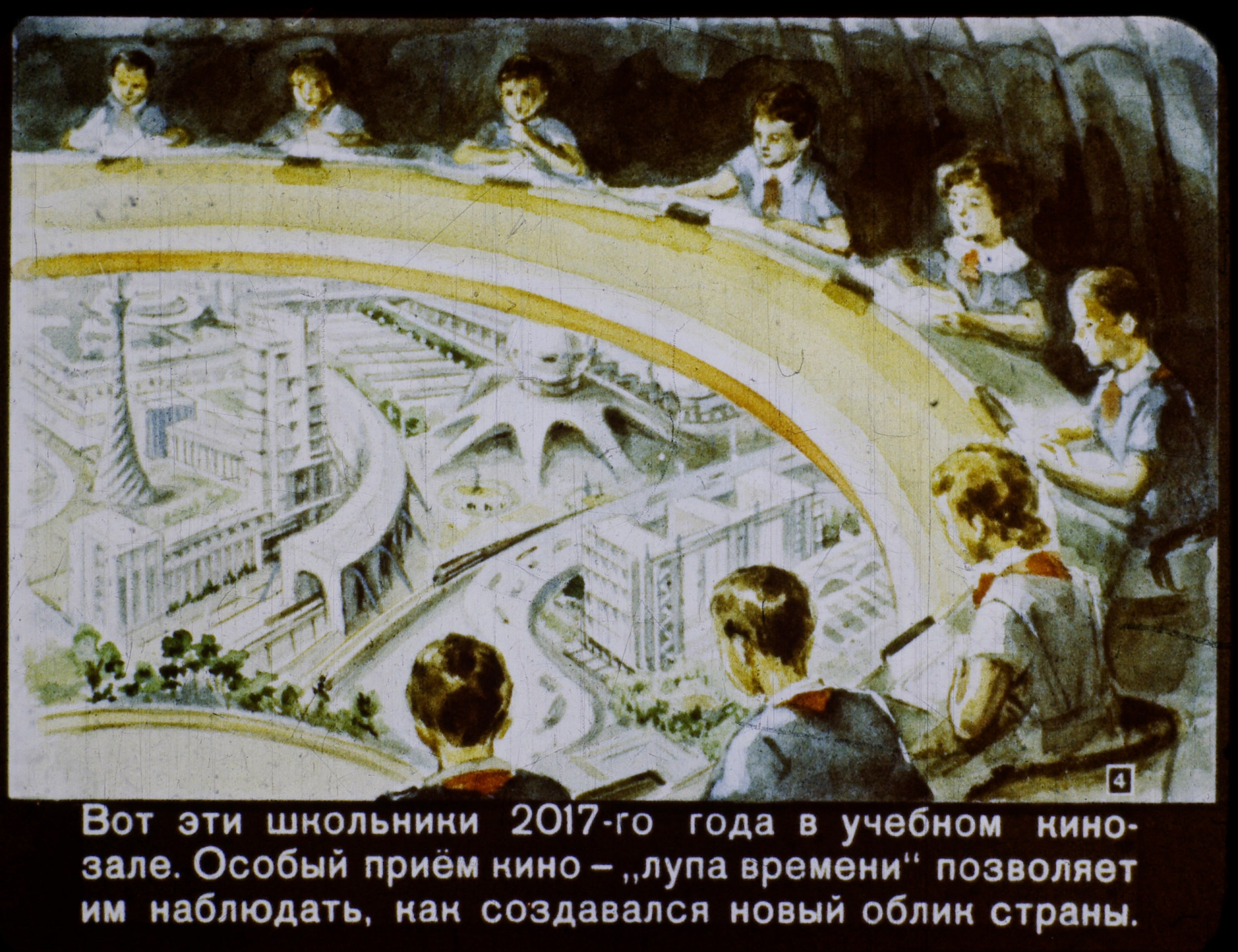
For example, at one point the soldiers shoot a woman in the eye. Intercut shots of people fleeing, shrieking, dying, and mourning collapse time and space in a moment of shared suffering despite very little on-screen violence. This montage shows shots of different deity statues from different cultures, questioning the idea of “God,” in the phrase “For God and country.” However, the “emotional montage” in Battleship Potemkin, in which soldiers massacre unarmed civilians as they protest on the Odessa steps, lives on film history for its affective horror. His October: Ten Days That Shook the World (1928) beautifully explores what he calls “intellectual montage” (editing designed to make the viewer think, rather than feel). The main proponent of montage theory, Sergei Eisenstein, practiced what he preached in his own films. Though not a true example of montage, Dulac’s work in Madame Beudet shows the evolution of editing in narrative film and how it can be used for artistic, philosophical effect.

Within the confines of the home, close up shots of things like clocks and flowers become more than details, but instead deeper signifiers of the heroine’s struggles. Even this comic inset illustrates an oppressive patriarchy. Her husband asks if she wants to attend an opera and the viewer sees Madame Beudet’s imagination of men in ridiculous costumes surrounding a woman and singing at her. Though aligning more with Impressionism and Surrealism, her films use editing to establish a character’s interiority.Ī great example of Dulac’s “proto-montage” can be found in The Smiling Madame Beudeut, a forty-minute portrait of the eponymous character in an oppressive marriage, as various shots illustrate her thoughts and feelings. This list will explore which films demonstrate the potential of montage and its effect on cinema history.Īn early feminist filmmaker, Germaine Dulac also wrote film theory and once argued that meaning happened both within and between the shots. Many filmmakers have put their own spin on the montage to marvelous effect. Described by Soviet filmmakers in the 1920s, who sought to apply their new country’s philosophy (dialecticism) to this exciting new art form of cinema, montage theory has since found its way to Hollywood and beyond. The filmmakers chose to deliberately distort reality in order to disorient the audience to invoke a feeling of the time rather than a truthful or realistic depiction.Montage Theory, the staple of college Cinema Studies classes, holds that the juxtaposition of images via editing can make meaning beyond what can be represented visually. Caligari was based on the writers' experiences as WWI soldiers and their distrust of authoritarian leadership. Written by Hans Janowitz and Carl Mayer, The Cabinet of Dr. German Expressionism isn't the easiest style to define, but seeing is believing, right? The Cabinet of Dr.

Now that we have somewhat of an understanding, let's look at some examples.

Examples of GERMAN EXPRESSIONISM Icons of German Expressionism Let's look at some of the classic examples that cemented this aesthetic steeped in shadows. German Expressionism in film is associated with high contrasts of darks and lights to convey nightmarish sets, often using the chiaroscuro lighting technique. Lotte Eisner, a German film critic, labeled it “helldunkel,” which she defined as “a sort of twilight of the German soul, expressing itself in shadowy, enigmatic interiors, or in misty, insubstantial landscapes.” When you consider the real-life situation in Germany after the war, it's no wonder that art and cinema got as dark as it did.


 0 kommentar(er)
0 kommentar(er)
